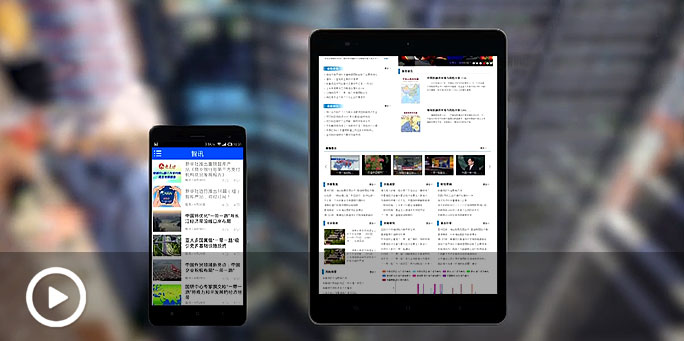by Mao Pengfei
PHNOM PENH, May 16 (Xinhua) -- Located in the jungles in Koh Kong province, southwestern Cambodia, the Chinese-built lower Stung Russei Chrum hydropower station has kept normal running since the outbreak of COVID-19, powering this Southeast Asian nation to brave uncertainties brought by the pandemic.
With a total installed capacity of 338 megawatts and a designed annual output of 1.2 billion kilowatt-hours, the hydroelectric station, built by giant power company China Huadian Corporation LTD, has generated more than 6.2 billion kilowatt-hours since 2013.
"We have applied effective measures to prevent COVID-19 and mobilized much needed resources to ensure the operation," You Yuansheng, deputy general manager of China Huadian Lower Stung Russei Chrum Hydroelectric Project (Cambodia) Company Limited, told Xinhua in a recent interview.
"The safety of our staff is the precondition of normal operation. Strict measures have been adopted in our company, including thorough sanitation of vehicles, offices, and dormitories, frequent temperature tests, and mask-wearing requirements, among others," he said. "All people who returned from China after vacation should be quarantined for 14 days."
The epidemic-prevention work also won support from local workers. Some Cambodian staff work together with their Chinese colleagues in shooting and posting videos on social media like Facebook and tik-tok to promote public awareness of COVID-19.
Although COVID-19 has caused problems such as a shortage of hands and delayed supplies, the operation and maintenance of the power station have been running well. During the first four months of 2020, it provided 75 million kilowatt-hours.
Fifty-year-old Luo Jianhua, deputy director of the production technology department at the station, has been working here for over eight months after a vacation back in China in September 2019.
The lower Stung Russei Chrum hydroelectric station comprises two dams, with the upper having a height of 125 meters and the lower 59 meters.
"I'm responsible for safety production and equipment maintenance here," said Luo. "Rainy season is the best time for hydropower station to generate electricity. We must keep our equipment in good condition and prepare for it."
During the past months, Luo and his colleagues finished examination and maintenance of key equipment like power units, generator transformers and flood discharging facilities to prepare the station for the coming rainy season.
"We only have 94 Chinese colleagues on site right now. The shortage of hands is a big challenge; therefore, we must unite and cooperate more closely to fulfill our duties at this special time," You said.
"In the rainy season, flood prevention and generating electricity are our priorities," he said. "We have made a detailed plan to make sure that our station will run safely at full capacity to provide reliable power for the socio-economic development of Cambodia."















Latest comments